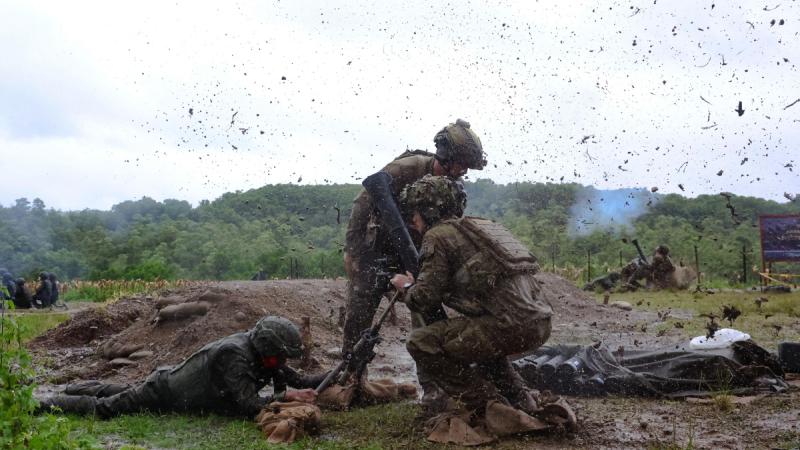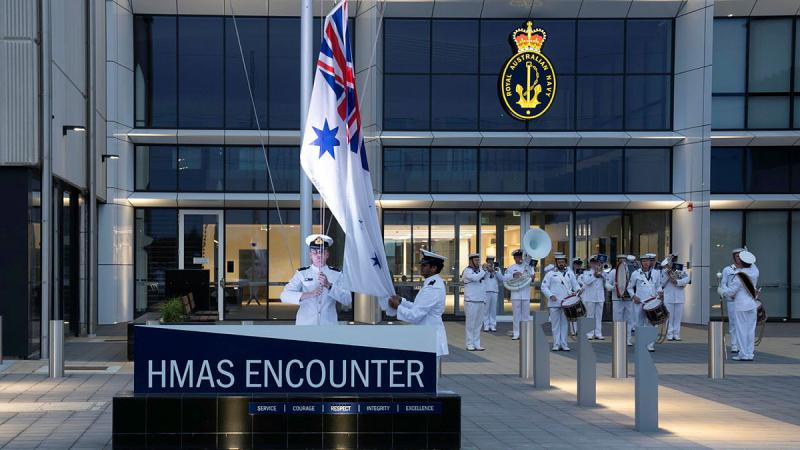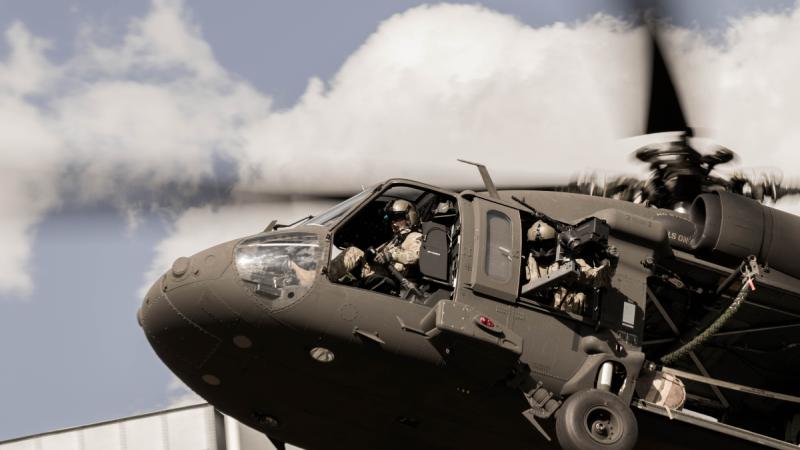16 September 2025
The Belgians brought experience clearing explosive remnants of war.
The Polish were proficient in trench clearance and disposal of explosive drones.
The United States airmen specialised in rapid airfield clearance.
But among the eight countries at the Prairie Fire Explosive Ordnance Disposal (EOD) activity, Royal Australian Air Force aviators were the most experienced in dealing with air-dropped bombs buried underground.
While some bombs that fail to explode may skip across the ground or go under then come back up – often multiple times – others bury themselves up to 10 metres down.
“Our shining capability is deep search and disposal,” said Flight Sergeant Brian Dick, one of two Air Base Recovery 65 Squadron EOD technicians who attended the activity, where they briefed on Australia’s location and disposal techniques using plant equipment.
“It’s a capability that’s dropped off the radar for a lot of countries. Coincidentally, Australia has kept it going because of range-clearance policies,” he said.
“We aim to remove UXOs [unexploded ordnance] as best as possible. Other countries may experience UXOs but not necessarily dig after them.”
Hosted by the United States Air Force’s (USAF) 775th EOD Flight at Hill Air Force Base, the EOD skill-sharing activity ran from June 1 to 14.
The first week involved tactical-level integration and team-based scenarios including a USAF-run airfield clearance under night vision.
'Our shining capability is deep search and disposal.'
Multi-national EOD teams were formed containing RAAF, USAF and Swedish personnel.
The second week featured live disposals including shooting an M110 sniper rifle and a USAF RADBO Zeus laser to detonate live grenades – simulating clearance of submunitions.
There was also a series of protective works, where teams had to protect glass and wood panels with sandbags to simulate protecting buildings when a UXO in built-up areas needs to be blown in place.
“Our team didn’t succeed, but it was a bit competitive,” Flight Sergeant Dick said.
“We all tried to achieve the biggest amount of protection with the least amount of sandbags.”
Personnel also participated in a large-scale disposal of a solid rocket motor with a TNT equivalence of 40,000kg.
Flight Sergeant Dick’s biggest takeaway was the importance of skill sharing and integration.
Different countries had similar procedures, but their specialisations reflected threats they were facing.
The Belgians regularly dealt with leftover munitions from the world wars, the Polish trained for what they saw in Ukraine and the USAF geared their large EOD force for airfield clearance.
“We don’t have any specific agreements for EOD skill sharing beyond the US, but the integration shows we do speak a common language,” Flight Sergeant Dick said.
“We can integrate with each other after short periods of training.”
Last year, Prairie Fire only had EOD techs from USAF and the United Kingdom before this year’s expansion of participants.
There are now plans to make it an annual event.


